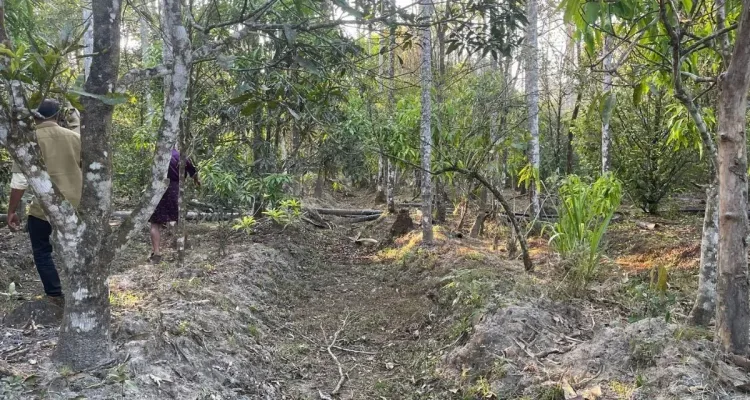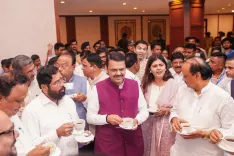How Are Model Rules for Felling Trees Supporting Agroforestry?

Synopsis
Key Takeaways
- Model rules simplify tree-felling processes.
- Agroforestry promotes sustainable farming.
- NTMS enhances registration and management.
- Empanelled agencies ensure transparency.
- State committees oversee implementation.
New Delhi, June 29 (NationPress) In a significant initiative to advance agroforestry and ease regulations for farmers, the Union Ministry of Environment, Forest and Climate Change has unveiled the ‘Model Rules for Felling of Trees in Agricultural Lands’. These guidelines are designed to assist states and Union Territories in simplifying processes related to tree-based agriculture and timber production.
The primary goal of these model rules is to enhance the regulatory framework governing the felling of trees on agricultural plots.
By facilitating this, the Centre aims to promote agroforestry, which involves the simultaneous cultivation of trees and crops.
Agroforestry provides numerous advantages, such as improving rural livelihoods, increasing tree cover, conserving biodiversity, enhancing soil health, and fostering water conservation and climate resilience.
The newly introduced model rules simplify the process for farmers and stakeholders to register their agroforestry lands, manage tree harvesting, and oversee timber transportation.
With these streamlined processes, the initiative is expected to enhance participation in agroforestry and minimize reliance on natural forests for timber.
To ensure effective implementation, a State Level Committee established under the 2016 Wood-Based Industries Guidelines will be responsible for promoting agroforestry and supervising timber production from agricultural lands.
This committee will also oversee the empanelment of agencies to authenticate tree-felling applications.
According to the rules, applicants must register their plantations on the forthcoming National Timber Management System (NTMS) portal.
This registration includes uploading information such as land ownership, farm location with a KML file, tree species, and plantation duration.
The portal will also enable applicants to update plantation information and upload geotagged images for enhanced traceability.
When farmers intend to harvest trees, they can submit an online application via the NTMS portal, detailing specific information about the trees.
Empanelled agencies will then conduct site inspections and provide verification reports. Based on these assessments, tree-felling permits will be granted for agricultural lands.
Divisional Forest Officers will oversee these agencies to ensure transparency and accountability.
The Ministry has encouraged all states and Union Territories to review these model rules and contemplate their adoption.







